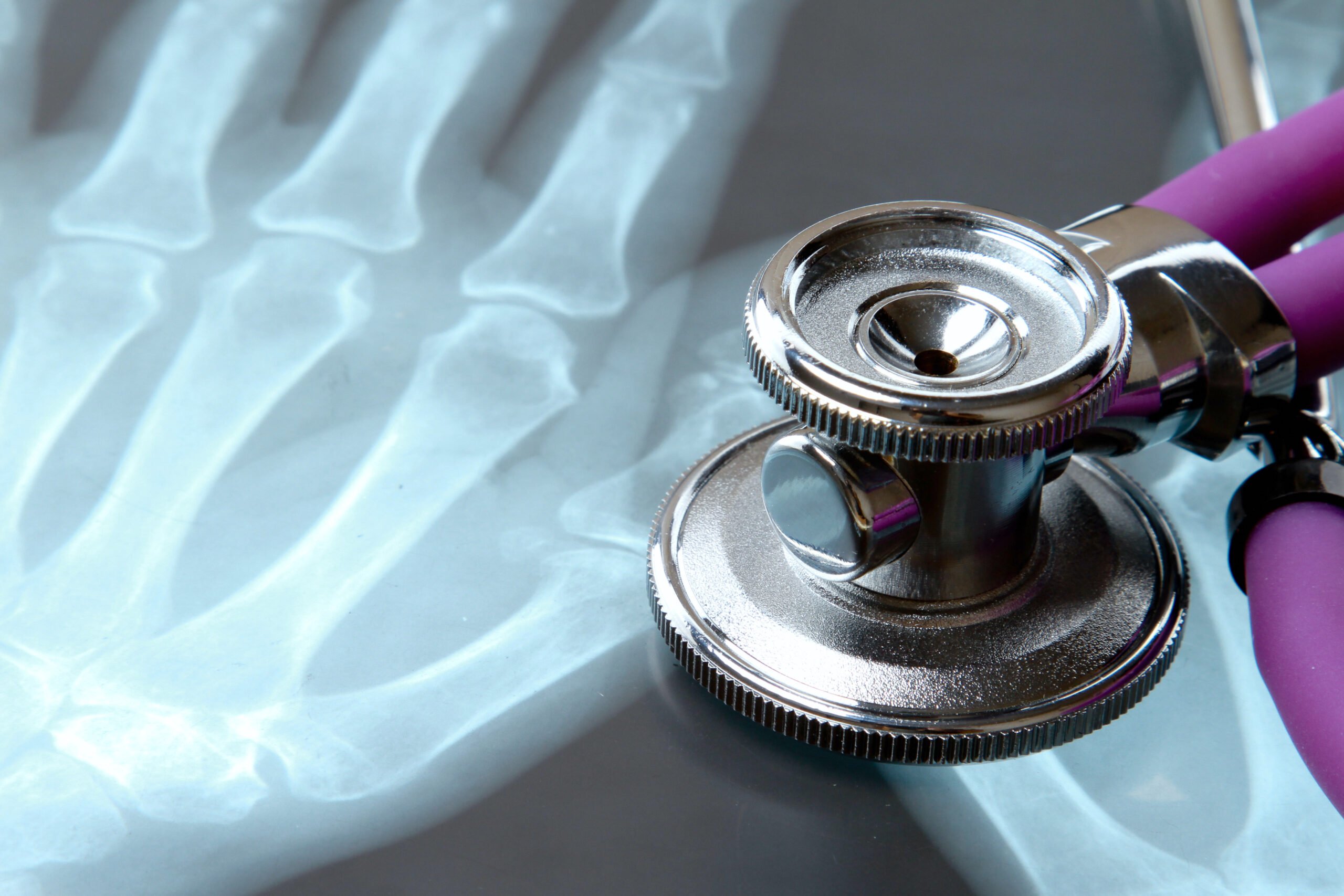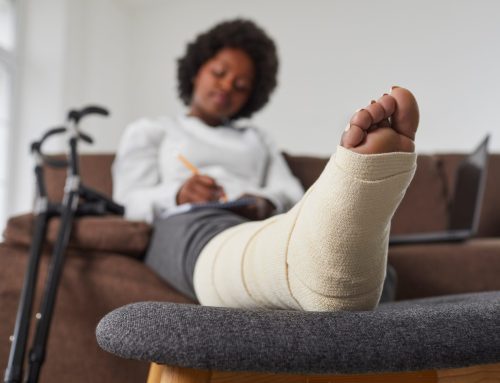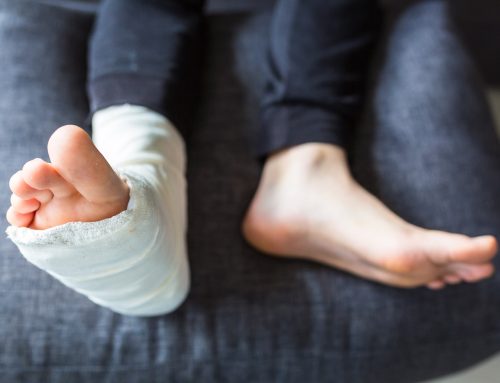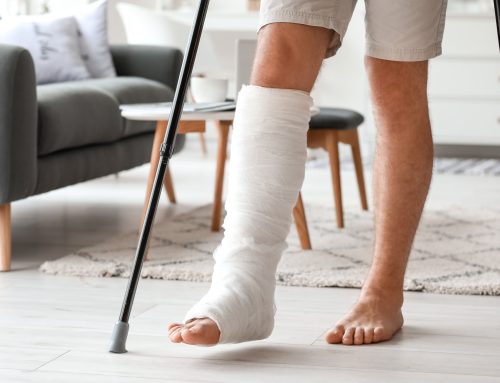Injuries are an inevitable part of the human experience, but our bodies ability to recover and regenerate is nothing short of miraculous. Take bone fractures, for example. Have you ever wondered how a broken bone manages to heal itself, restoring the intricate architecture that provides our bodies with support, protection, and mobility? This fascinating process is a testament to the resilience and regenerative capacity of the human body. In this engaging and informative article, we’ll delve into the remarkable process of bone regeneration.

Bone Regeneration: A Symphony of Cellular Interactions
Initial Response and Hematoma Formation
The healing process of a broken bone begins almost immediately after an injury. The initial trauma causes bleeding from the damaged blood vessels, forming a blood clot or hematoma at the fracture site. This hematoma is the body's initial response to injury and acts as a temporary plug to control bleeding.
In addition to preventing further blood loss, the hematoma initiates an inflammatory response. This attracts special cells, known as phagocytes, to the injury site to clean up cellular debris and defend against potential infection. This phase is critical, as it lays the groundwork for new bone formation.
Formation of Granulation Tissue
Following hematoma formation, a soft callus known as granulation tissue forms around the fracture site. This new tissue is rich in collagen, a protein that provides a framework for subsequent bone growth. It's also filled with capillaries that supply the injury site with essential nutrients and oxygen, setting the stage for the regeneration process.
Callus Formation and Bone Production
Next, special cells called chondroblasts begin producing fibrocartilage, creating a soft callus that bridges the gap between the broken bone ends. This soft callus isn't as strong as bones are, but it provides some stability and marks the transition from the inflammatory phase to the reparative phase of bone healing.
Simultaneously, osteoblasts, the cells responsible for bone formation, start creating new bone tissue. These cells secrete a matrix of collagen and other proteins, which then mineralize to form bone. This results in a hard callus of new bone that replaces the soft callus, further stabilizing the fracture.
Bone Remodelling
The final phase of bone healing is remodelling. Here, osteoclasts—cells that resorb bone—start breaking down the hard callus. At the same time, osteoblasts continue to create new bone. This simultaneous resorption and formation reshape the newly formed bone to resemble the original bone structure closely. This phase can take several months to years, depending on the extent of the injury and the individual's overall health.
Factors Influencing Bone Healing
It's important to note that bone healing isn't a one-size-fits-all process. Various factors can influence the speed and efficiency of bone regeneration.
Age and Overall Health
Younger individuals generally heal faster than older adults due to their higher metabolic rates and greater cell-regeneration capabilities. Similarly, individuals with good overall health—particularly those with good nutritional habits and without chronic conditions like diabetes or osteoporosis—tend to experience more efficient bone healing.
Lifestyle Factors
Lifestyle factors like smoking and alcohol consumption can also affect bone healing. Both have been shown to slow the healing process, likely due to their effects on blood flow and inflammatory response.
Severity and Location of Fracture
The severity and location of the fracture can also impact healing time. Simple fractures tend to heal more quickly than complex fractures, while fractures in areas with good blood supply generally heal faster than those in areas with poor blood supply.
The process of bone regeneration is an extraordinary orchestration of cellular activities and biological responses that demonstrate the body's remarkable resilience and adaptability.
From the moment of injury, through the formation of granulation tissue and hard callus, to the final phase of remodelling, your body is hard at work repairing itself.
By understanding how a broken bone heals, we can better appreciate human biology's complex and dynamic nature. We can also make informed decisions to promote optimal healing. This includes maintaining a balanced diet rich in bone-healthy nutrients, refraining from smoking and excessive alcohol consumption, and following the prescribed treatment plan from your healthcare provider.
Canadians have also found a way to heal non-union fractures 38% faster through a low-intensity pulsed ultrasound device (LIPUS). This technology helps stimulate bone healing through a painless mechanical force through your tissue. It just takes 20 minutes a day and the press of a button. You can find out more about LIPUS devices here.
Yet, as impressive as the body's ability to heal is, it's equally important to remember the value of prevention. Healthy lifestyle choices, regular exercise, and good nutrition all play vital roles in maintaining strong bones and minimizing the risk of fractures.
The next time you or someone you know experiences a bone fracture, remember that behind the scenes, an incredible biological process is unfolding—a process that embodies the resilience and regenerative capacities that make up the wonder of human biology. Always consult with a healthcare professional for the appropriate care and treatment of any fractures or other injuries. Want to learn more about the LIPUS device and if it can help your healing process? Contact Fracture Healing today. Here's to strong bones and healthy bodies!
Have you ever given much thought to the process of a healing bone? What surprised you the most in this article? Share your thoughts with our readers in the comments below.





